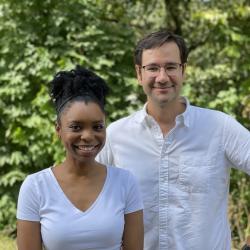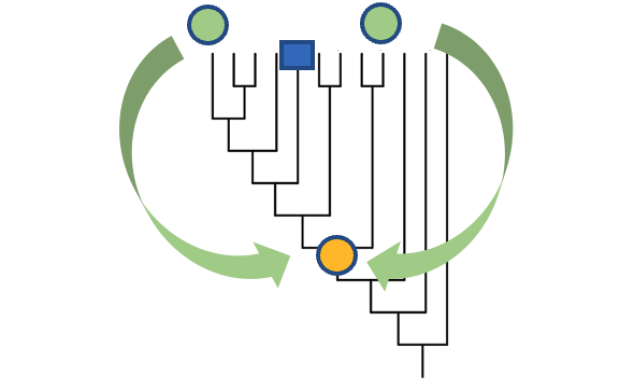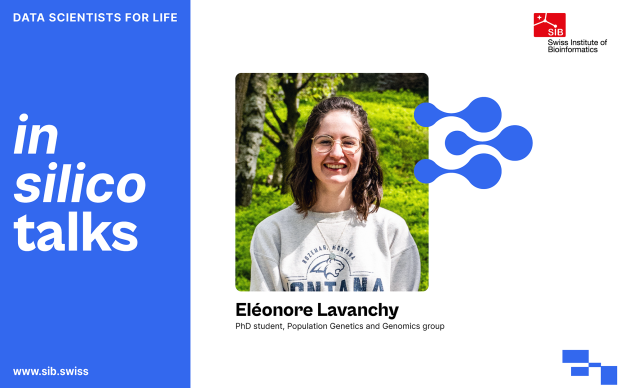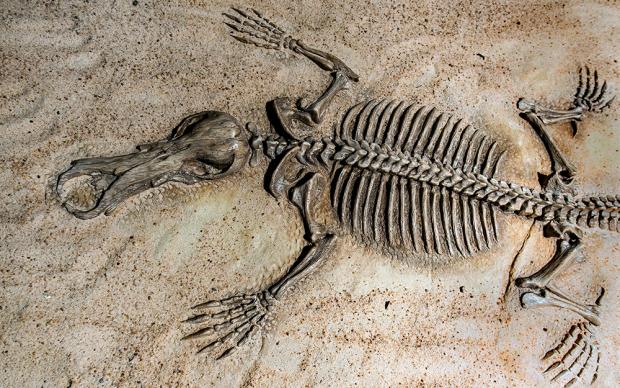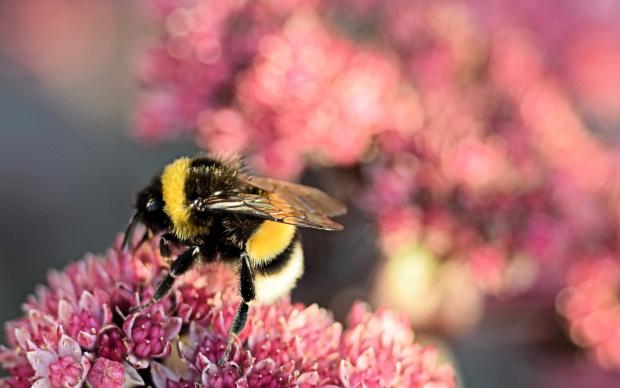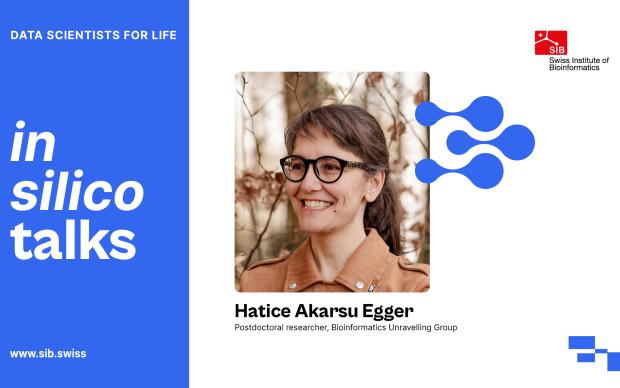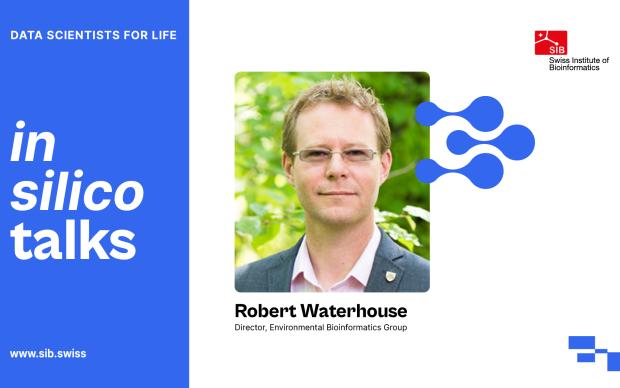SwissOrthology – Your one-stop shop for orthologs
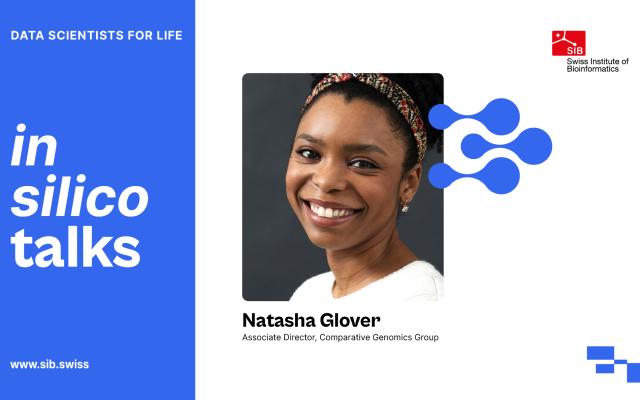
Orthology inference now has its one-stop shop: SwissOrthology. The web-platform provides users with leading orthology and quality inference tools, as well as with an interactive guide to help them decide which to use – and SIB’s Natasha Glover is bringing it to you in this latest in silico talk.
About the in silico talks series – The latest in bioinformatics by SIB Scientists
The in silico talks online series aims to inform bioinformaticians, life scientists and clinicians about the latest advances led by SIB Scientists on a wide range of topics in bioinformatics methods, research and resources. Stay abreast of the latest developments, get exclusive insights into recent papers, and discover how these advances might help you in your work or research, by subscribing to the in silico talks mailing list.
